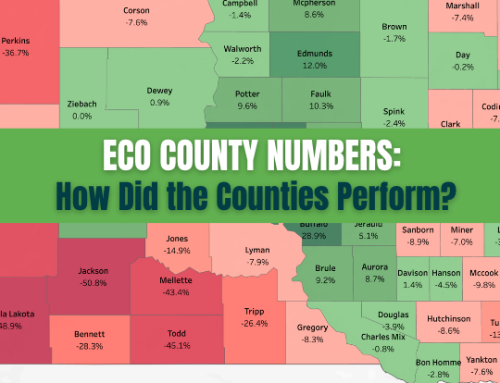Yesterday the Risk Management Agency (RMA) issued guidance to all Approved Insurance Providers (AIPs) authorizing them to utilize emergency procedures for crops damaged by drought.
What this means for you is a potentially faster claim payment in the event there is a heavy claim load. It does not increase your potential for a loss. It simply means PRM is allowed the flexibility to accelerate some claims processes.
You still need to notify your Advisor of any potential loss. PRM is still required to appraise the crop and assess the loss in order to release acreage, as appropriate. Insured producers must maintain the crop as it stands until the appraisal is complete.
Please contact your PRM Advisor if you have any questions.
Read the full release here:
RMA Authorizes Emergency Procedures to Help Drought-Impacted Producers
WASHINGTON, July 13, 2021 – The United States Department of Agriculture (USDA) is authorizing emergency procedures to help agricultural producers impacted by extreme drought conditions. USDA’s Risk Management Agency (RMA) is working with crop insurance companies to streamline and accelerate the adjustment of losses and issuance of indemnity payments to crop insurance policyholders in impacted areas.
These new crop insurance flexibilities are part of USDA’s broader response to help producers impacted by drought, in the West, Northern Great Plains, Caribbean and other areas.
“Crop insurance helps producers weather natural disasters like drought,” RMA Acting Administrator Richard Flournoy said. “We recognize the distress experienced by farmers and ranchers because of drought, and these emergency procedures will authorize insurance companies to expedite the claims process, enabling them to plant a new crop or a cover crop.”
Emergency procedures allow insurance companies to accept delayed notices of loss in certain situations, streamline paperwork, and reduce the number of required representative samples when damage is consistent. These flexibilities will reduce burdens on both insurance companies and producers to help mitigate drought effects.
Producers should contact their crop insurance agent as soon as they notice damage. The insurance company must have an opportunity to inspect the crop before the producer puts their crop acres to another use. If the company cannot make an accurate appraisal, or the producer disagrees with the appraisal at the time the acreage is to be destroyed or no longer cared for, the insurance company and producer can determine representative sample areas to be left intact and maintained for future appraisal purposes. Once an insured crop has been appraised and released, or representative strips have been authorized for later appraisal, the producer may cut the crop for silage, destroy it or take any other action on the land including planting a cover crop.
Additional information on these emergency procedures is available on RMA’s Crop Insurance and Drought Damaged Crop webpage.
Other USDA Assistance
Producers impacted by drought may also qualify for other USDA programs, including disaster assistance programs that help offset losses as well as conservation programs that help producers build resilience to drought. Producers should visit farmers.gov, where they can use the Disaster Assistance Discovery Tool or Disaster-at-a-Glance fact sheet to learn more about program or loan options.
More Information
Crop insurance is sold and delivered solely through private crop insurance agents. A list of crop insurance agents is available at all USDA Service Centers and online at the RMA Agent Locator. Learn more about crop insurance and the modern farm safety net at rma.usda.gov.
USDA touches the lives of all Americans each day in so many positive ways. In the Biden-Harris Administration, USDA is transforming America’s food system with a greater focus on more resilient local and regional food production, fairer markets for all producers, ensuring access to healthy and nutritious food in all communities, building new markets and streams of income for farmers and producers using climate smart food and forestry practices, making historic investments in infrastructure and clean energy capabilities in rural America, and committing to equity across the Department by removing systemic barriers and building a workforce more representative of America. To learn more, visit www.usda.gov.






